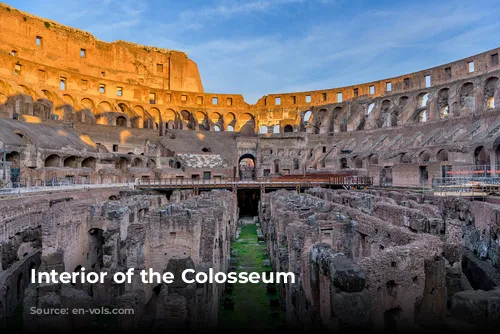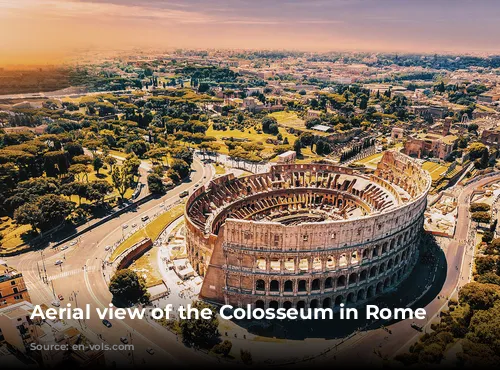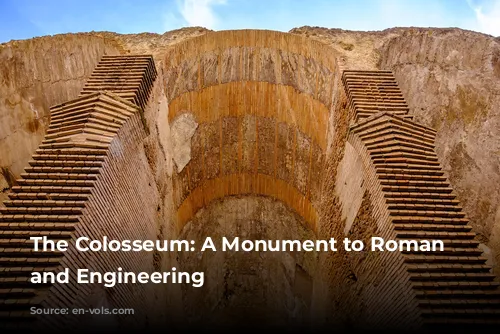Imagine a world without cell phones, computers, or even cars. Now picture a stadium bigger than any you’ve ever seen, built entirely by hand. This is the Colosseum, a symbol of Roman power and innovation that stands as a testament to the ingenuity of a civilization long gone.
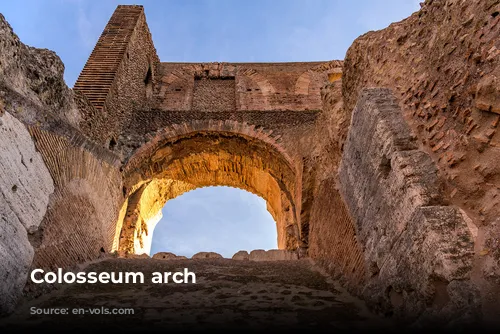
A Building of Superlatives
The Colosseum, originally known as the Flavian Amphitheatre, was built by emperors of the Flavian Dynasty – Vespasian, Titus, and Domitian. It took less than a decade to complete this colossal structure, which was inaugurated in 80 AD. While today we marvel at its imposing size, the Romans knew it as the “Flavian Amphitheatre”, a name that reflected the emperors who commissioned it. The Colosseum’s nickname was likely due to its massive dimensions and a giant statue of Nero that once stood at its entrance.
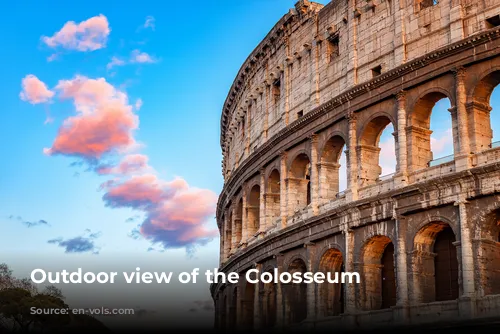
A Glimpse into Roman Society
The Colosseum was not just a place for entertainment; it was a microcosm of Roman society. Admission was free, but seats were assigned based on social status. The emperor and senators enjoyed the best views, while ordinary citizens and slaves were relegated to the upper tiers. The hierarchical seating arrangement mirrored the social order of the time, providing a glimpse into the structure of Roman society.
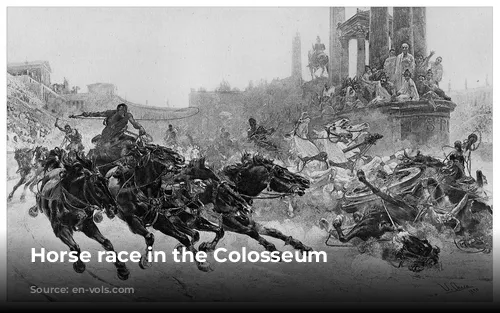
Engineering Marvels
The Colosseum was not just big; it was ingeniously designed. With 60,000 seats accessed through 76 numbered gates, it was the largest amphitheatre ever constructed. Its dimensions were equally impressive, with an outer wall measuring 48 meters high (originally 52 meters) and a circumference of 527 meters. The Colosseum’s ovoid design and complex system of staircases and galleries allowed for the swift evacuation of its massive crowds in just eight minutes. This same system enabled the dramatic appearance of gladiators and animals from hidden underground chambers called the hypogeum. And for those scorching Roman summers, the Colosseum boasted a retractable awning, made of 80 linen sails controlled by winches and ropes, which provided shade for the spectators and the arena.
A Stage for Spectaculars
The Colosseum was more than just a venue for gladiatorial combat. The Romans also staged naumachiae – elaborate naval battles within the arena. To achieve this, the arena was flooded with 65,000 liters of water diverted from the aqueducts that supplied Rome. This feat of engineering created a temporary aquatic spectacle within the massive structure, showcasing Roman ingenuity at its finest.
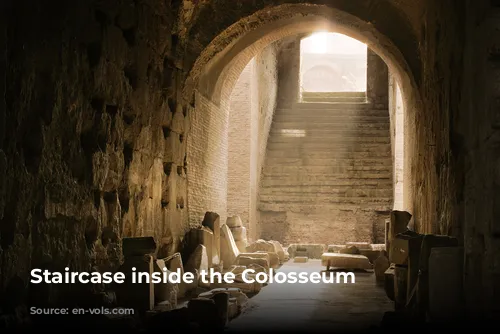
The Colosseum’s Legacy
The Colosseum witnessed its final gladiatorial combat in 404 AD, when the practice was abolished by the Christian Emperor Theodosius. Despite this, the Colosseum remained a part of Roman life for almost another five centuries. However, by the 6th century, it was abandoned and later used as housing.
Through the centuries, earthquakes and the pillaging of its stones for other constructions left the Colosseum in a state of decay. Fortunately, Pope Benedict XIV intervened in the 18th century, preserving this architectural marvel for future generations.
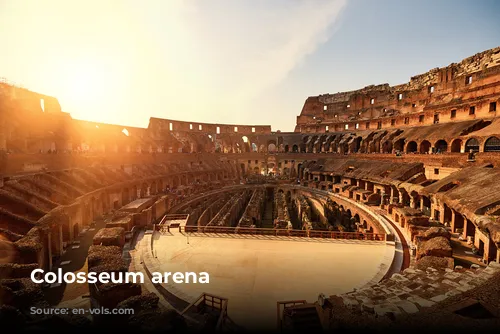
A Modern Wonder
Today, the Colosseum stands as one of the Seven Wonders of the Modern World, a testament to the grandeur of ancient Rome and the creativity of its builders. This iconic landmark draws millions of visitors each year, who wander through its galleries and imagine the spectacles that once filled its arena.
In recent years, the Colosseum has undergone a major renovation project, funded by the Italian Ministry of Culture. This project included the construction of a retractable floor, allowing visitors to experience the arena firsthand. This innovative project not only enhances the visitor experience but also ensures the Colosseum’s continued preservation, guaranteeing that this symbol of Roman power will continue to inspire awe for generations to come.
